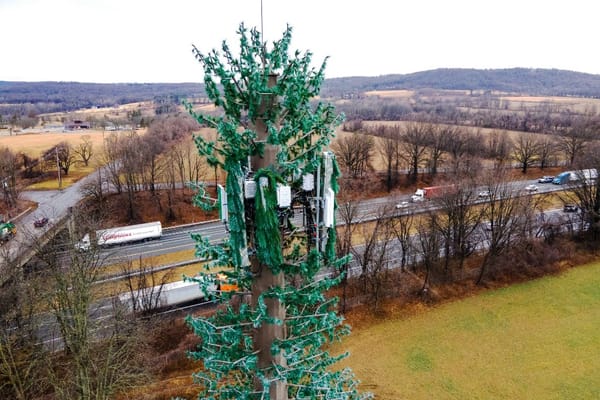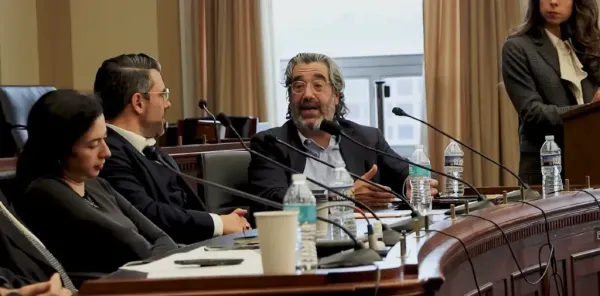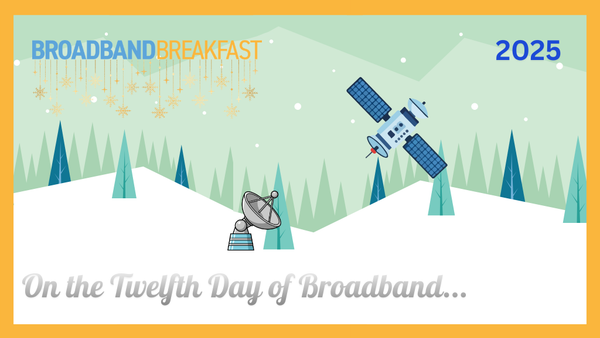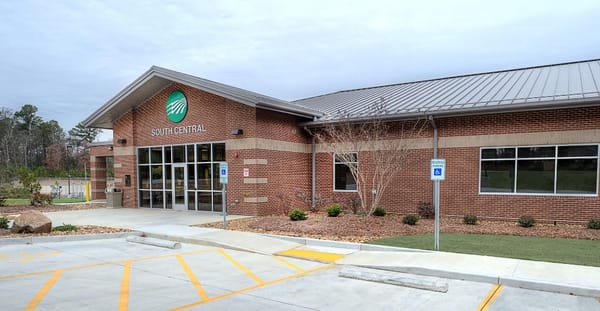FCC Challenge Process Important for Getting Accurate Maps, Says Technology Policy Institute
Better and more up-to-date information can come from harmonizing existing data sets, updated whenever a given map has new information.
David B. McGarry

WASHINGTON, September 19, 2022 – Errors in the Federal Communications Commission’s broadband maps are inevitable, but they can be iteratively mitigated through an ongoing challenge process, said Scott Wallsten, president and senior fellow for the Technology Policy Institute, at the Fiber Broadband Association’s Fiber for Breakfast livestream Wednesday.
The FCC made the preliminary version “fabric” map to state broadband entities and others earlier this year, and the agency will accept challenges thereto on a rolling basis that started on September 12.
The Broadband Equity, Access, and Deployment program’s $42.5 billion will be distributed among the states based on the fabric’s data.
Wallsten’s joined Fiber for Breakfast to discuss a recently-published column, which identified three obstacles to the creation of accurate broadband maps in accordance with Congress’s statutory directions.
First, Wallsten argues, mapping efforts are out of date almost immediately because broadband infrastructure is constantly being built.
Second, he says that the immense amount of data needed for building-by-building broadband mapping ensures that errors will be committed.
Third, Wallsten writes, “Because money follows the maps, they are inherently political.” Wallsten said states have an incentive to overreport underserved areas to obtain more funding. FBA President and CEO Gary Bolton rejoined that such overreporting will likely be balanced by challenges from internet service providers, who have an incentive to overreport served areas to protect their existing service areas.
Wallsten says a collaborative, iterative process – like the FCC’s challenge process – is key: “Better and more up-to-date information can come from harmonizing existing data sets about internet access, updated whenever a given map has new information.”
This isn’t Wallsten’s first criticism of Washington’s mapping strategy. At TPI’s Aspen Conference last year, he told Broadband Breakfast that mapping errors led to many avoidable defaults on Rural Digital Opportunity Fund grants.
TPI also created the Broadband Connectivity Index, a dataset which maps the speed and availability of internet, as well as a detailed broadband map.











Member discussion